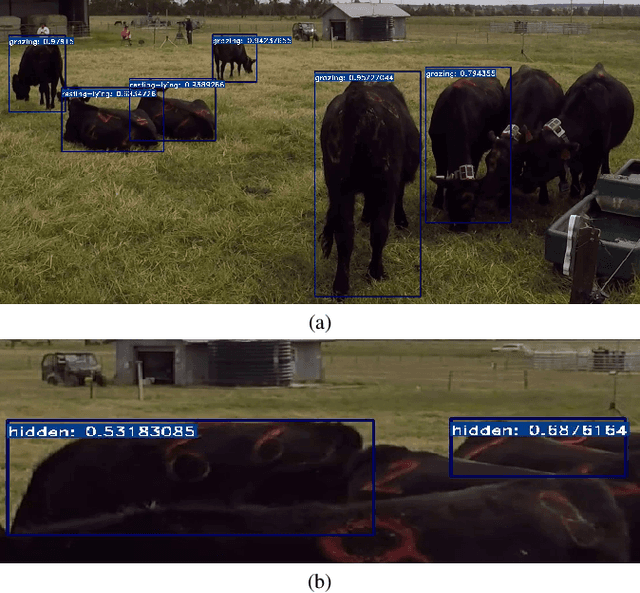Renuka Sharma
Multi-class Regret Detection in Hindi Devanagari Script
Jan 29, 2024Abstract:The number of Hindi speakers on social media has increased dramatically in recent years. Regret is a common emotional experience in our everyday life. Many speakers on social media, share their regretful experiences and opinions regularly. It might cause a re-evaluation of one's choices and a desire to make a different option if given the chance. As a result, knowing the source of regret is critical for investigating its impact on behavior and decision-making. This study focuses on regret and how it is expressed, specifically in Hindi, on various social media platforms. In our study, we present a novel dataset from three different sources, where each sentence has been manually classified into one of three classes "Regret by action", "Regret by inaction", and "No regret". Next, we use this dataset to investigate the linguistic expressions of regret in Hindi text and also identify the textual domains that are most frequently associated with regret. Our findings indicate that individuals on social media platforms frequently express regret for both past inactions and actions, particularly within the domain of interpersonal relationships. We use a pre-trained BERT model to generate word embeddings for the Hindi dataset and also compare deep learning models with conventional machine learning models in order to demonstrate accuracy. Our results show that BERT embedding with CNN consistently surpassed other models. This described the effectiveness of BERT for conveying the context and meaning of words in the regret domain.
CVB: A Video Dataset of Cattle Visual Behaviors
May 26, 2023

Abstract:Existing image/video datasets for cattle behavior recognition are mostly small, lack well-defined labels, or are collected in unrealistic controlled environments. This limits the utility of machine learning (ML) models learned from them. Therefore, we introduce a new dataset, called Cattle Visual Behaviors (CVB), that consists of 502 video clips, each fifteen seconds long, captured in natural lighting conditions, and annotated with eleven visually perceptible behaviors of grazing cattle. We use the Computer Vision Annotation Tool (CVAT) to collect our annotations. To make the procedure more efficient, we perform an initial detection and tracking of cattle in the videos using appropriate pre-trained models. The results are corrected by domain experts along with cattle behavior labeling in CVAT. The pre-hoc detection and tracking step significantly reduces the manual annotation time and effort. Moreover, we convert CVB to the atomic visual action (AVA) format and train and evaluate the popular SlowFast action recognition model on it. The associated preliminary results confirm that we can localize the cattle and recognize their frequently occurring behaviors with confidence. By creating and sharing CVB, our aim is to develop improved models capable of recognizing all important behaviors accurately and to assist other researchers and practitioners in developing and evaluating new ML models for cattle behavior classification using video data.
 Add to Chrome
Add to Chrome Add to Firefox
Add to Firefox Add to Edge
Add to Edge